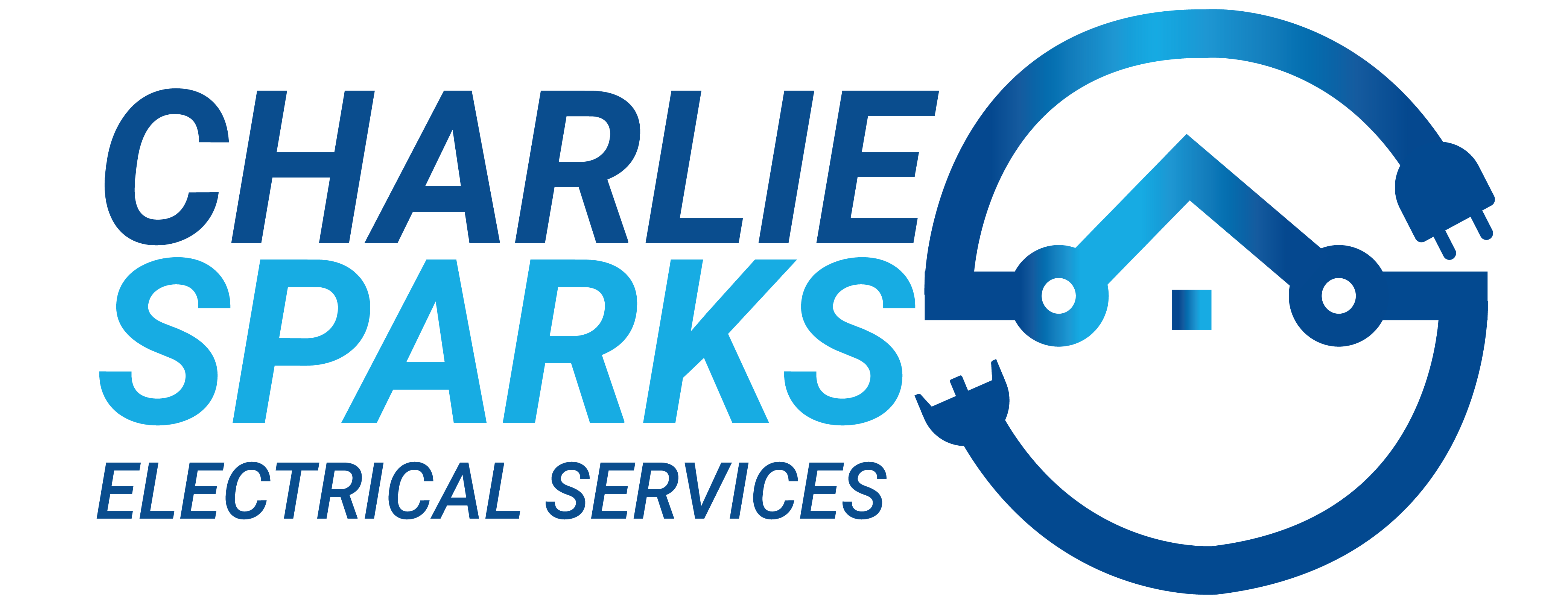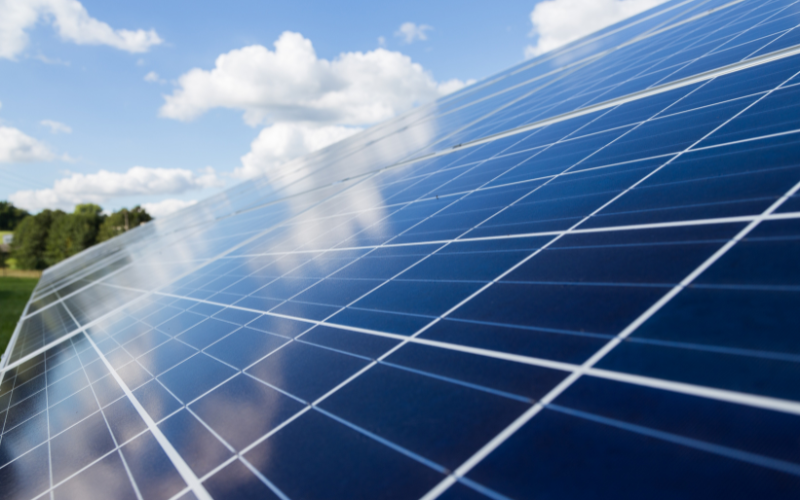As solar panel technology continues to become more widely adopted in homes around the globe, people are increasingly utilizing it to power activities outside.
By capturing and storing solar energy in batteries, users can benefit from a nearly
limitless source of free energy. Excessive charging of a solar panel system can cause significant damage to the battery. Thus, many designs feature charge controllers and inverters to ensure trickle charging and divert overcharge. Additionally, it is possible to allocate surplus energy to the grid.
In this article, we’ll be taking a closer look at how inverters and charge controllers work to help preserve battery life by sending energy to either solar panels or the electricity grid.
What Happens to Surplus Battery Energy?
An off-grid solar storage system contains many of the same components as a grid-tied solution, with the addition of a generator to provide backup power when solar panels and batteries are unavailable.
The DC disconnect switch interfaces with the solar panel, thus enabling them to disengage for maintenance safely. The charge controller regulates the electricity supply to the battery bank, optimally timing this flow. Furthermore, it can bypass the battery and transfer some energy directly to the meter.
The main load disconnect switch measures the amount of electricity flowing from the battery bank or charge controller before it reaches the meter, which functions as a toll road. This switch can inhibit electricity from entering the inverter.
Once batteries reach their total capacity, what is the next step for the generated solar energy?
The electricity must traverse before reaching the breaker panel. An inverter is responsible for transforming electricity from alternating current (AC) to direct current (DC) so that domestic appliances may use it. An inverter supplies the breaker panel, which distributes the electricity to the various loads.
A plug or outlet supplies the electrical power necessary for your home’s equipment and loads. Both of these options provide the energy required.
How to know when your Solar Batteries are Fully Charged?
Those who love camping or seek to live off the grid understand the importance of a dependable energy source. Solar batteries are an economical and eco-friendly option that can provide great convenience.
How can one determine when a solar battery is fully charged once it is established and in the charging process?
One can check the charging level of the battery within a solar energy system through various options. One can use a charge controller or an inverter to measure the charge level if they are part of the system. A non-fixed voltmeter or multimeter is an option if neither is present.
- Verifying the condition of the battery.
- Utilizing the already-installed charge controller and inverter are viable options, as well as using various meters.
- If a charge controller is absent, we must regularly monitor the battery’s voltage, but it is essential for maintaining the charge of the storm. If one is lacking, we must periodically monitor the battery’s voltage, but a charge controller is necessary to keep the battery’s cost.
- People commonly utilize the voltmeter, multimeter, and hydrometer to monitor battery performance.
- Utilizing a voltmeter allows the determination of electric potential between two points. To obtain an accurate reading without any charging or delivery of charge, you should give the battery a rest period of several hours before connecting a voltmeter between the black and red ports of the storm to check the charging of the battery.
- Multimeters can measure voltage, current, resistance, and other pertinent metrics related to the battery’s state. Connection and operation are similar to a voltmeter.
- To accurately assess the charge of the battery, you should determine what type of meter you possess. If you own an analog meter, you should inspect the voltage indicator. If the meter has a digital display, select the voltage setting alternatively. Digital meters often provide more precise readings than analog.
Frequently Asked Questions
Solar panels can generate electricity even when there is no demand. The voltage across the panel increases to the forward voltage of the diodes comprising the panel. As the power is not being consumed by an external load, the heat generated within the panel increases, resulting in a slightly higher temperature.
Smart metering is becoming increasingly commonplace in modern systems, installed at the battery or inverter level. This technology provides real-time production tracking and battery level monitoring, enhancing efficiency and reliability.
If you observe your batteries consistently reaching total capacity, then great news. Discharging the cells at a lower rate will extend the storm’s life.



